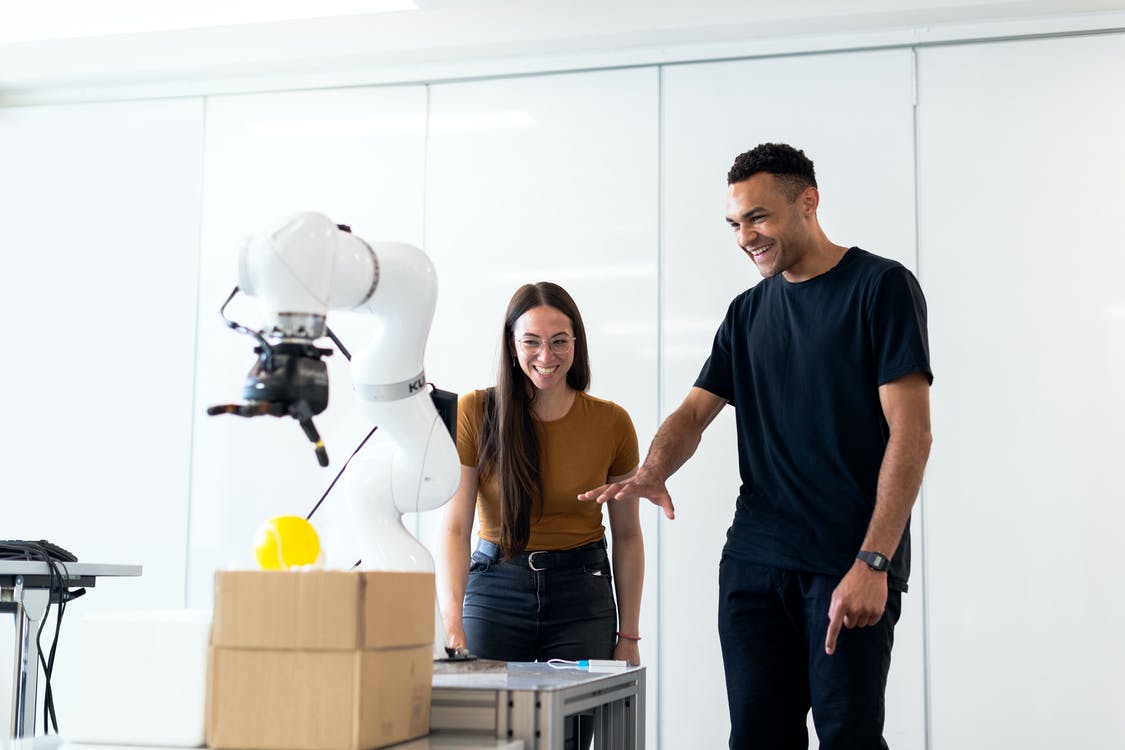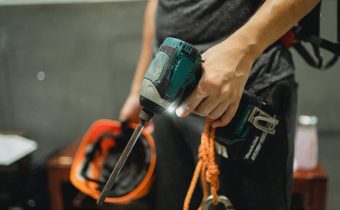
An essential part of running any business is managing your business risks. This includes not just the threats to the business itself, but the risks to the assets, equipment and, most importantly of all, the people inside it. Health and safety is a crucial consideration for any business and the more your business grows, the more likely you are to need to invest more into your health and safety. However, you can use modern technology to help you create a safer business much more efficiently, reliably, and cost-effectively. Here, we’re going to look at some of the ways this is true.
A safety officer in your pocket
When it comes to actively address risks in the workplace, there is no real replacement for a good safety officer. However, in businesses where safety is a regular concern, the average employee can do a lot to stay on top of it. There are all kinds of apps that can be used to address specific hazards, as Superiorglove shows. The apps include a means to check weather hazards, chemical hazards, dangers from electrical tasks, as well as apps that can help you quickly check up on the safety regulations that every business has to follow, as well as the checklists and audits that you might need to perform to ensure that you are able to stay compliant with those regulations.
The standard mobile device, be it a smartphone, tablet, or otherwis4e, can be an invaluable tool in helping you keep your workers safe. It’s essential, however, to make sure that you work with your safety officer to identify which apps are most likely to need to see regular use.
Getting a new perspective on a work site
While not every business site is going to match these criteria, there are plenty that can benefit from the use of cameras that are able to effectively inspect and survey them for all manner of risks. This is true, for instance, in the construction industry, where you can use drones such as those shown at DrDrone to take aerial photographs that can be used to identify safety hazards. They can offer a perspective that the average human pair of eyes simply may not be able to.
Drones can also make areas safer by allowing managers and project managers to more effectively map out different areas, thereby allowing them to quickly designate areas that should be kept clear of any assets due to tripping or vehicle collision risks, as well as more secure and safe resource and equipment storage areas.
Reaching the places your team don’t have to
Surveying the site for work hazards is not the only major health and safety benefit that drones have to offer. Out of all of the workplace accidents that can befall your team, the risk of slips, trips, and falls remains the highest, as shown at Work Safe for Life. When it comes to those falls, however, it is the falls from greats height that pose the greatest risk of the most injury. As such, business owners should look for ways to mitigate this risk and, wherever possible, prevent it entirely.
Drone inspections can prevent people from having to face this risk entirely by flying them up to high locations that people don’t have to. For instance, if you are running a roofing business, you can make sure that you can perform a thorough inspection of the roof without having to send anyone up on a ladder.

Get a robot to do it for you
When we talk about the role that robotics and automation have to play in the world of industry, usually we are talking about the risks they pose to employment. However, robotics does offer a lot of benefits, including the decreased risk of accidents. Robotics in manufacturing are being increasingly used because they can do both repetitive tasks that can cause musculoskeletal injuries, as well as the dangerous perilous tasks that can easily result in an injury if a human hand is involved.
If you are concerned about the effects of robotics on employment rates, it is important to recognize that even the most sophisticated robotic tools require human operation to some degree, as McKinsey highlights. What’s more, many of these automated tools are becoming more modulated in design, meaning that it’s easier for people to use them even if they don’t have any specific college education.
More effective and safer training
On the topic of the operation of any equipment or vehicles in a work environment, nothing is more important than effective and regular training. Competence and care, delivered via regular training, is what is going to keep your operators safe. However, there are new and improved ways that can help make even the delivery of this training a much safer thing.
Virtual reality has already become an invaluable training tool in many respects, allowing employees to use dummied equipment that still feels real while connected to a simulated environment that allows them to operate as they would in real life, but without any of the risk of using real equipment. It allows you to put employees in hazardous situations without any real threats to their safety, as shown by Prosapien.
Gaining insight
One of the most important steps in fighting any workplace health and safety risk is knowing about which risks are the most likely and dangerous in the first place. A thorough health and safety audit with the help of professionals can help highlight a range of risks, but this insight should be updated with the data that you collect through the everyday operations of the workplace as well. As such, having the right systems that can collect and collate reports of various incidents can help you get a much better understanding of what issues are posing the most risk to your employees.
Incident reporting software, as shown at SHE can help you gather all the data and insights that you need. You can record types and locations of incidents, as well as those involved and what damage or injury was caused as a result. This can help you pinpoint what risks you can address, as well as insights on how to address them. If it’s a specific location, then you may need to look at investing in making that area safer. However, if it’s a particular individual involved in multiple accidents, they may need retraining or other measures to prevent them from causing other accidents (if they are, indeed, the casual factor.)

One comment